China Yikatong Card allows visitors to take metro, bus, taxi, shop at supermarkets, convenience stores, fast food, vending machines.
Reader Trinh Hang (40 years old, Hanoi) shared her experience using the card when traveling to China after a two-week trip in June.
Yikatong (One-way ticket - universal pass), English name is Beijing Municipal Administration Traffic Card, was put into use by the Beijing municipal government in 2003, with the goal of increasing convenience for people and reducing the use of cash. From mainly replacing traditional subway tickets, Yikatong is now widely used on all means of transport and can pay for many products and services in the city.
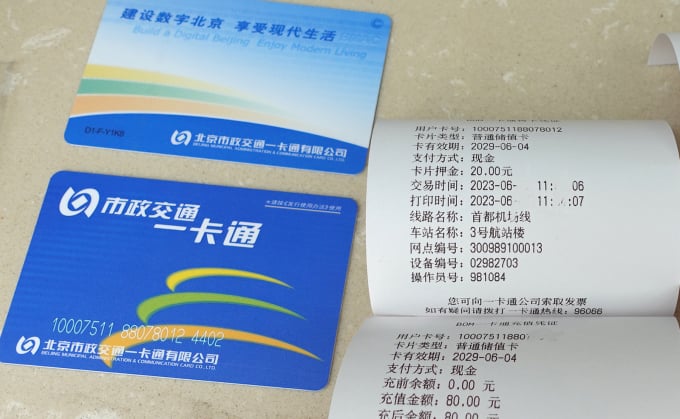
Using the Yikatong card, you can buy all kinds of goods and services in the city. Photo: Trinh Hang
Using Yikatong, tourists get discounts on some services and products, but more importantly, it helps tourists save a lot of time and effort because they don't have to buy tickets for each trip in the city, don't have to wait at automatic ticket machines, and don't have to be confused about preparing small change when paying for services and products. Most Chinese people now pay via apps, but foreign tourists find it difficult to use these apps, so Yikatong is an effective alternative.
In addition to the Yikatong plastic card, most Chinese people use the Yikatong app installed on their phones. Foreign tourists are not familiar with this app, so most still use plastic cards.
How to buy and use
Yikatong cards can be purchased at airports, subway stations, bus stations, and numerous card sales points and vending machines in Beijing. Just show your passport and money to the card seller. You need to deposit 20 yuan (about 65,000 VND) and it will be refunded if you return the card when leaving Beijing. Because this is a small amount of money, many tourists choose to keep the card as a souvenir.
In theory, users can top up their cards, but foreigners cannot do so because the system only recognizes Chinese national ID cards. So estimate how much money you will spend to top up your card. If you stay in Beijing for 2-3 days, you can top up 100 yuan (about 330,000 VND), of which 20 yuan is a deposit, 80 yuan is for traveling by metro, bus and taxi. All locations that accept the card have a swipe machine. The machine will deduct the amount corresponding to the service used, and at the same time display the remaining amount on the card. Therefore, for tourists who do not know Chinese, using the card makes traveling and shopping more convenient because they do not have to communicate with drivers or vendors.
In case you have used up all the money on your card but still have time left in Beijing, you can buy a single journey ticket to travel by metro, or pay cash for each trip if taking the bus.
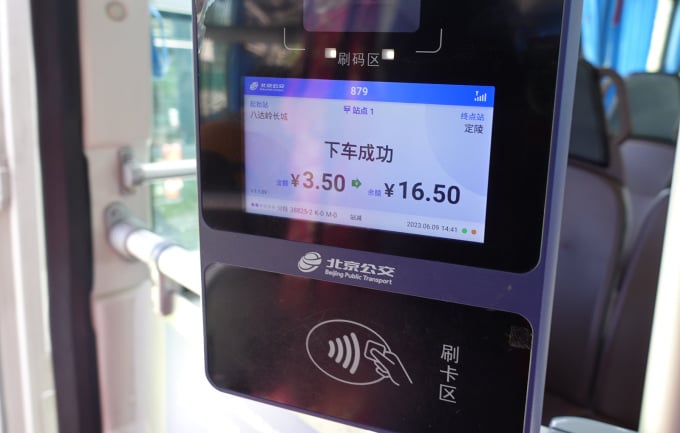
The card reader shows the amount deducted and the remaining amount. Photo: Trinh Hang
How to use Yikatong to get to the sights
Great Wall of China (UNESCO heritage)
From anywhere in the city, take the Yikatong subway (3-4 yuan per trip) to Jishuitan Station. Here you will see a large bus terminal, look for the private parking lot of bus route 877 - which specializes in taking passengers from the center of Beijing to Badaling - the Great Wall. When boarding the bus, swipe your Yikatong card, the fare is 12 yuan, and it takes about 70 minutes to get there.
Summer Palace (UNESCO heritage)
This is a famous scenic spot with a history of 800 years. During the Qing Dynasty, Emperor Qianlong, later Empress Dowager Cixi, built and renovated it into a luxurious summer palace. You can take Yikatong subway line 4 to Beigongmen station or take bus number 74, 374, 437 to Yiheyuan Xinjiangongmen stop. The fare is about 4-5 yuan.
Thirteen Tombs (UNESCO heritage)
This is a large mausoleum complex built by the emperors of the Ming Dynasty, with unique architecture. Take Yikatong bus number 314 to Dingling, Zhaoling or Sacred Way.
Temple of Heaven (UNESCO heritage)
The Temple of Heaven was built in 1420 during the Ming Dynasty and continuously expanded during the Ming and Qing Dynasties, and was the most important architectural work of that time. The Temple of Heaven is located in the center of Beijing. Visitors can easily get there by many means of transportation: Metro line 5 to Tiantandongmen Station (Tiantandongmen) Exit A2 or bus number 36, 958, 122, 2, 20, 120, 6, 34, 35, 106, 110, 128, 525, 623, 684.
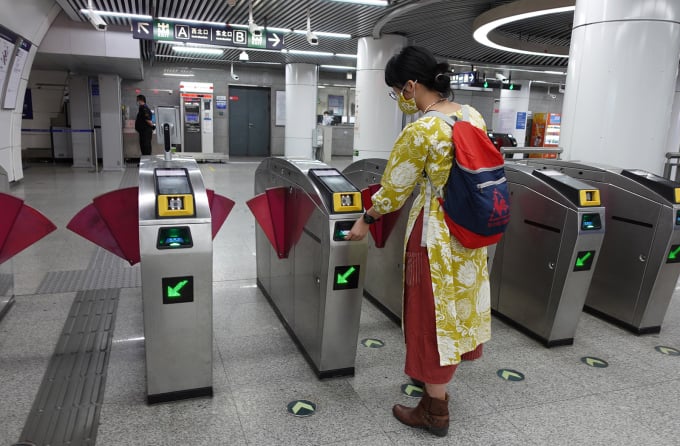
Use Yikatong card to take the subway to tourist attractions. Photo: Trinh Hang
Forbidden City - Imperial Palace (UNESCO heritage)
This is the most unique architectural work in China. The Forbidden City is located in the center of Beijing. Use the Yikatong card to take the subway line 1 to Tian'anmendong station or bus number 1, 120, 2, 52, 59, 82, 99 to Tian'anmendong station. The Forbidden City has many gates. You can buy tickets and enter from the Meridian Gate.
National Stadium (Bird's Nest Stadium)
Beijing's iconic modern structure is located in the Olympic Park, alongside many other magnificent sports facilities. Take subway line 8 or line 15 to Olympic Green Station (Beijing Olympic Park Station), exit D or take bus lines 82, 419, 538, 645 to National Stadium East stop.
National Museum of Art
This is where many masterpieces of painting, sculpture, and calligraphy are displayed. Visitors can use the Yikatong card to take metro line 5 to Dongsi station or bus number 101, 103, 109, 111, 128, 58 to Art Museum Stop.
With the Yikatong card, you can also go to any airport, long-distance bus station, high-speed train station in the city to travel to other localities. The card is valid for three years from the last use.
Trinh Hang
Source link








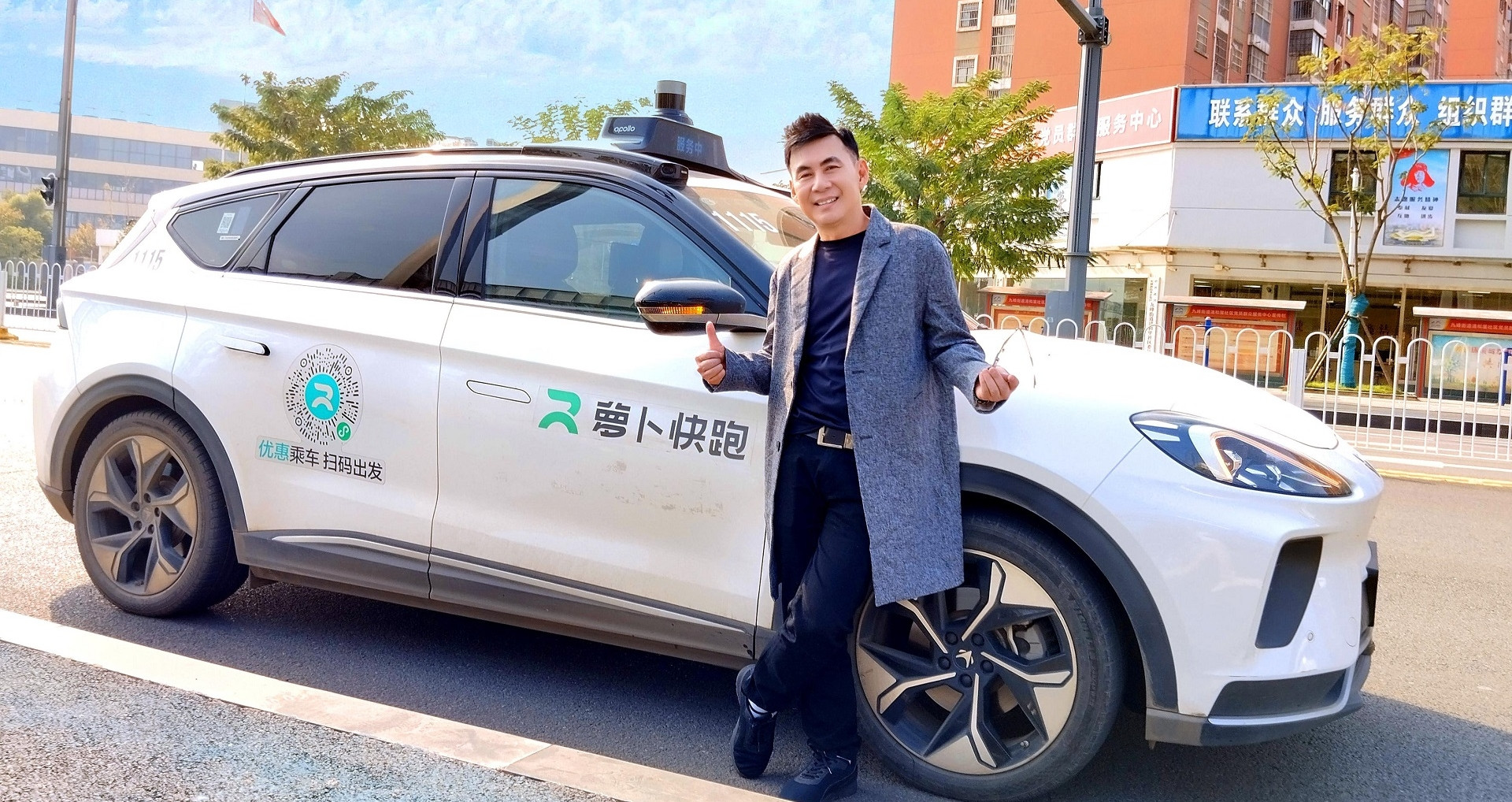



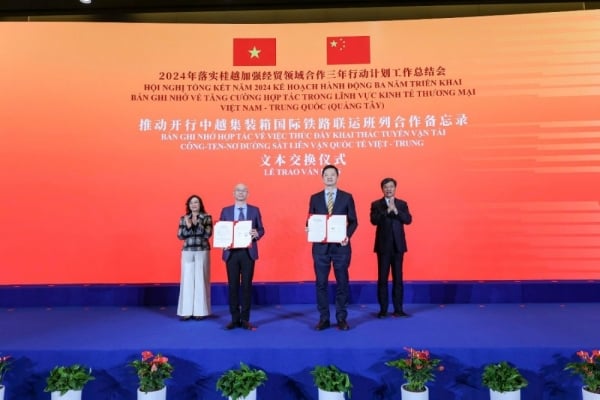

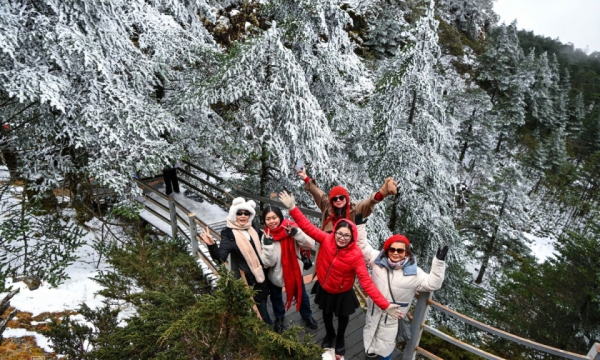

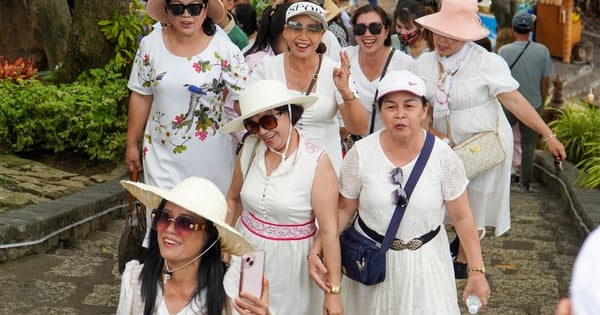

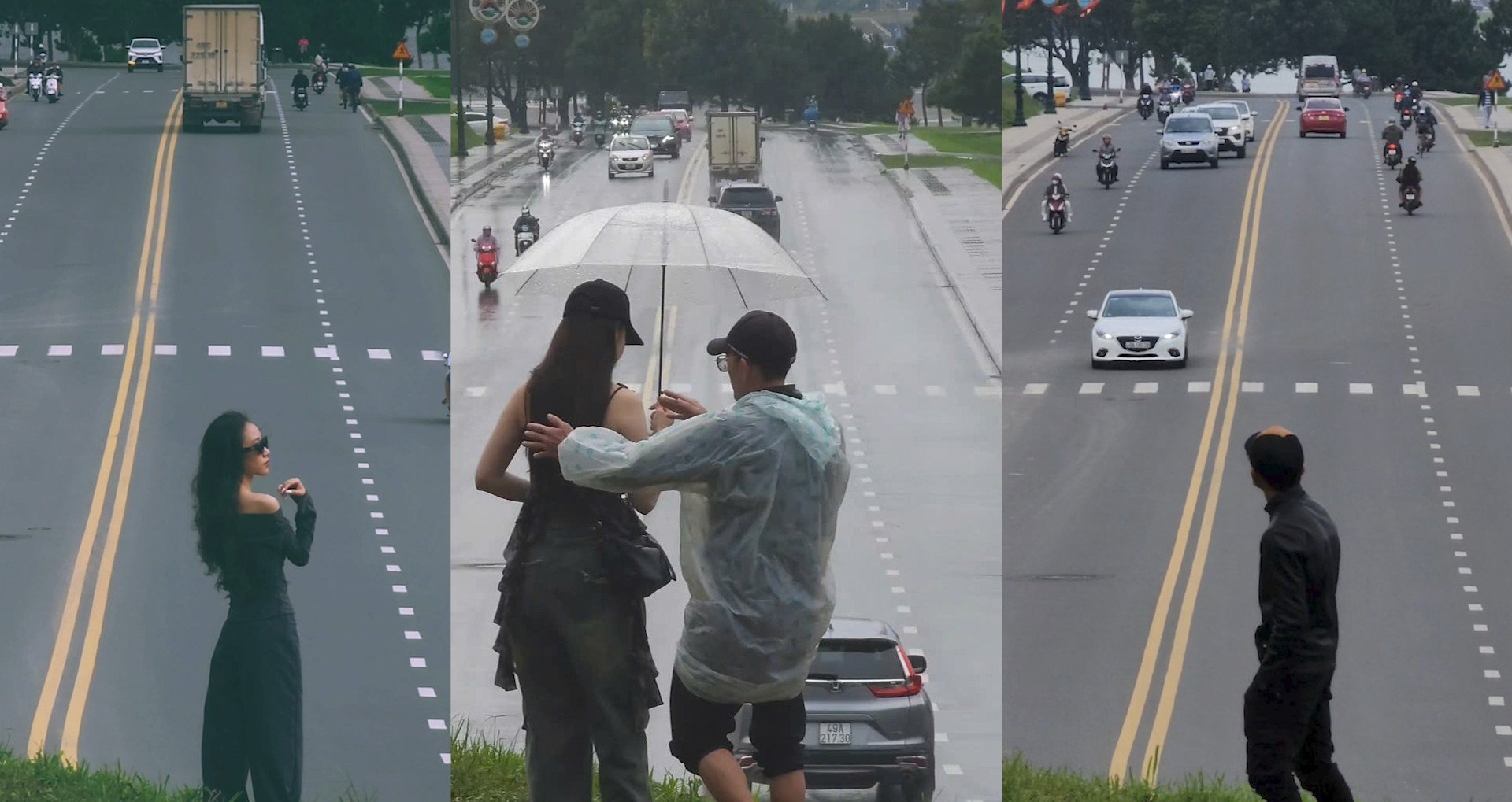
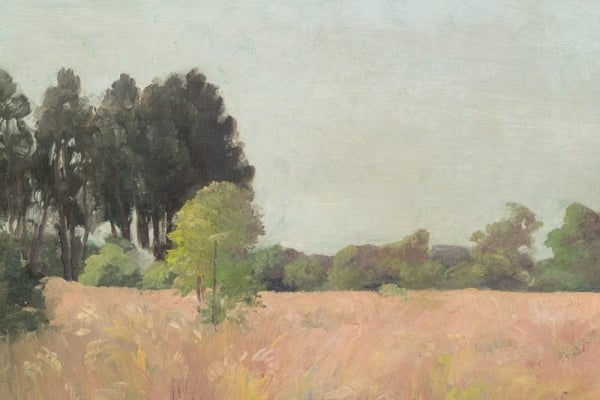

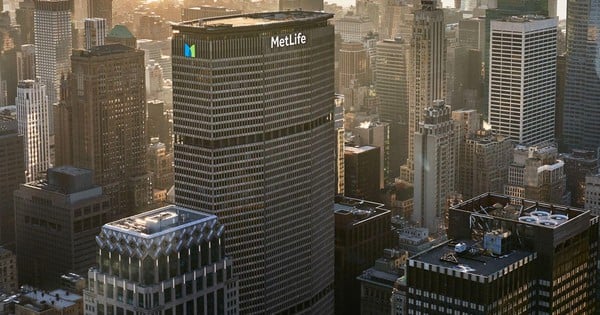

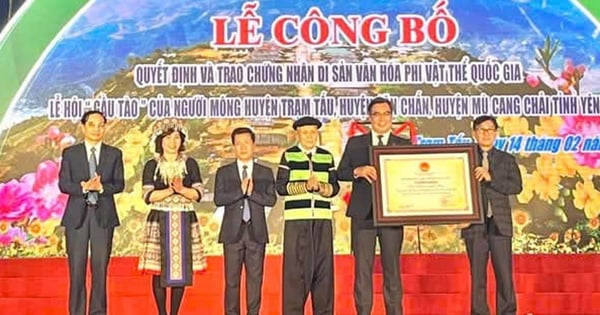

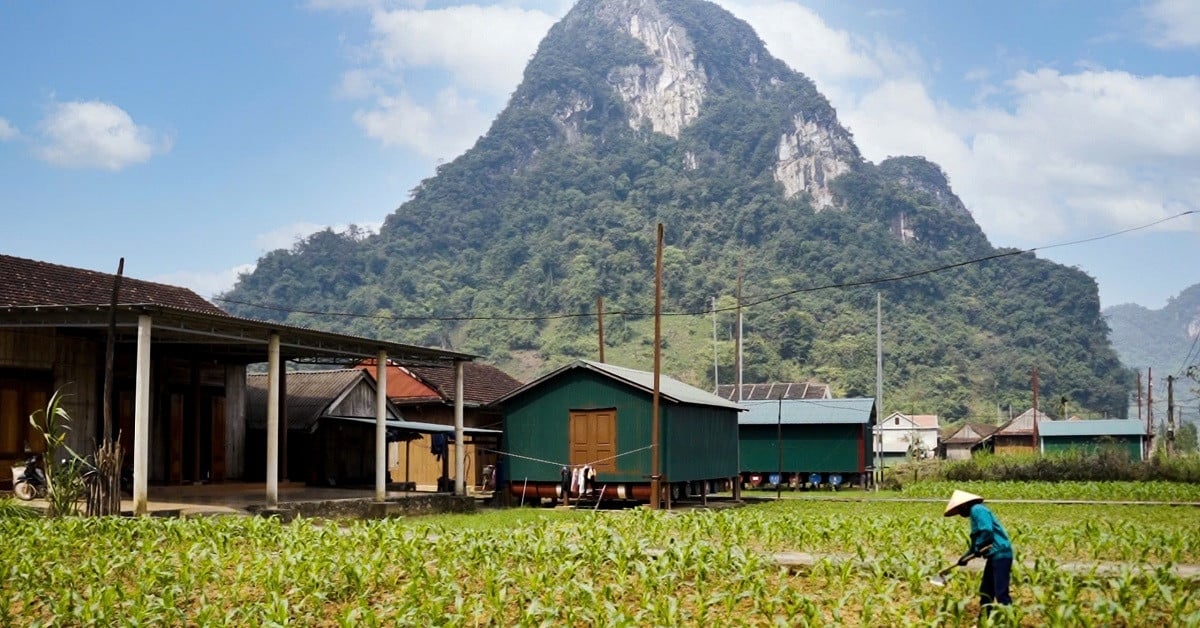






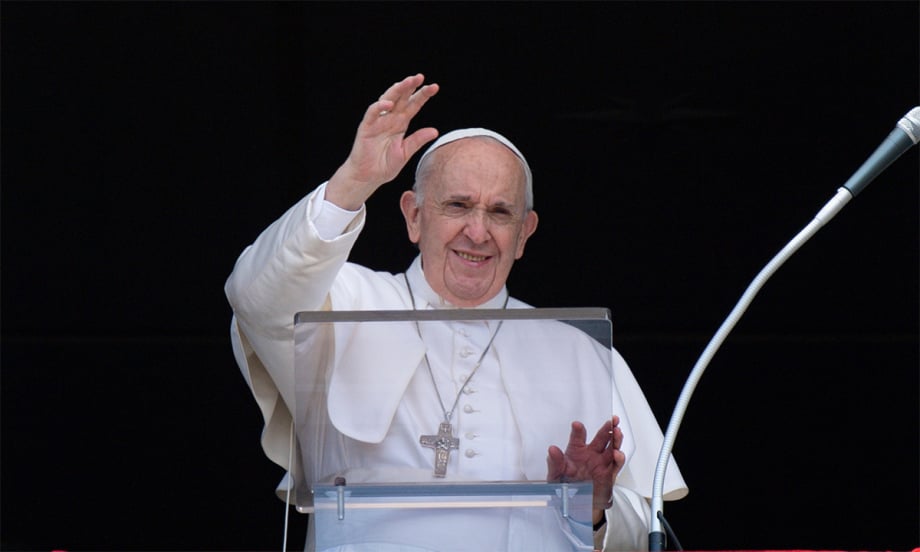











Comment (0)